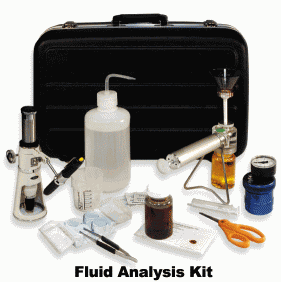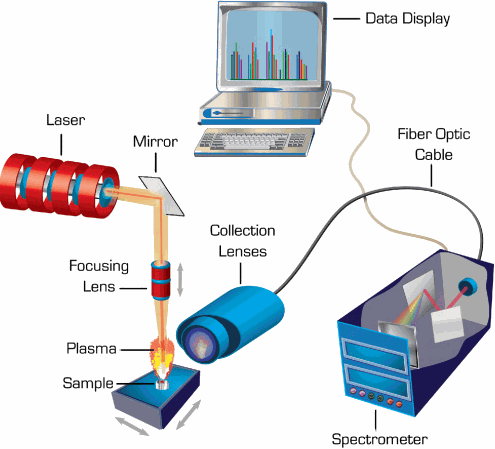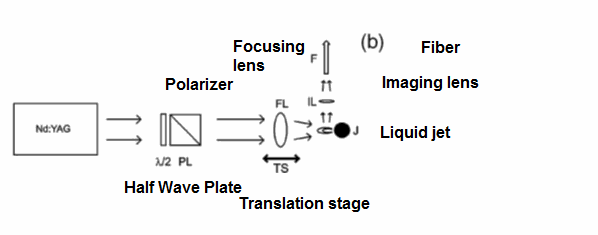Many hydraulic system manufacturing companies provide fluid analysis to various industries. The analysis of fluid and debris from machinery plays an important role in the maintenance of hydraulic equipment. These companies have laboratories which provide routine analysis and interpretation of lubricating oil, coolant, grease, diesel and emulsion fluids using analytical techniques. Hydraulic oil analysis kits are usually used for this kind of analysis and are shown in figure 1.

Figure 1: Hydraulics oil analysis1
Doing the oil analysis in hydraulic systems oil is similar to doing a blood test on a human being. The analysis could reveal that all is well or could give a warning of a potential problem that is about to develop. Acting on the diagnostics, could potentially prevent the problem from happening. This is all in line with preventive maintenance. The testing is usually done by extracting oil from the system by using a quick sampling valve. The results are stored in labeled bottles and are sent to designated labs for analysis. When the results are received from the lab, there will be some color coded scales which show the degree of severity of the problem (scale of zero to 4) where zero means normal status and 4 means that the failure is imminent if maintenance is not performed. The parameters that are measured during the test are oil viscosity, Total Acid Number (TAN) which shows oxidation and total particle count which displays the wear metal and the metal content1. The combination of different kinds of wear metals could explain which parts are wearing out.
The measurement of particle count is done through spectroscopic techniques such as Laser Induced Breakdown Spectroscopy or LIBS. Figure 2 shows a schematic of a typical LIBS measurement2

Figure 2: Schematic of a typical LIBS measurement2
Although figure 2 shows a basic LIBS setup, for detection of wear metal in engine oil, a more complex set up is used. A pulsed laser beam is attenuated using a Polarizer-Half wave plate combination and is then focused on either a static liquid or a liquid jet. The intense laser beam, would excite the atoms inside the liquid jet and a plasma is generated that gives off a glow. By collecting this glow using an imaging lens and a detector at right angle to the beam, it will be possible to detect the emission lines of the wear metal inside the engine oil. Elements such as AL, Cu, Ca, Fe, Mg, Mn, Na, and Zn in used engine oils can be detected3. Since a type of continuous emission is generated right after receiving the pulse of energy and that swamps any subsequent spectral lines, it is best to use a delay generator to perform the detection after this initial continuous radiation is suppressed which typically takes a few mseconds.
It is important to summarize the advantages of LIBS over analytical methods in the following points3
Minimal
sample preparation
Operational simplicity
Relative low cost of analysis
Broad applicability to both conducting and non-conducting material
Figure 3 shows the LIBS spectra in the engine oil displaying the detection of several metals
 Figure 3: LIBS spectra of wear metals in engine oil3
Figure 3: LIBS spectra of wear metals in engine oil3LIBS spectra are pretty distinct for different metals and multi element spectra are displayed as shown in Figure 3.
When measuring wear metal in engine oil, one needs to compare the pros and cons of the static oil measurement against the oil jet. The following comparison can be listed3:
There is a lot of splashing in case of the static oil measurement when the focused laser beam hits the liquid surface that could disturb the measurement and introduce noise. The liquid jet does not have this problem.
Jet measurements are faster
A fresh sample is presented by the jet measurement to the laser beam which improves the quality of the measurement
The S/N of the jet measurement or the Limit Of Detection (LOD) is 4 times higher.
Figure 4 shows the schematics of measurement from the jet measurement.

Figure 4: Schematics of measurement from the oil jet3
The double harmonic wavelength of a Nd: YAG laser is attenuated by a polarizer-half wave plate combination. The collimated beam is focused by a focusing lens on the liquid jet which generates a plasma and a glow. The spectral information is collected by an imaging lens and is focused on the input of a fiber optic cable that is attached to a spectrometer.
Allied Scientific Pro offers laser systems in near IR that could potentially have integrated LIBS sensors. Figure 5 shows a LIBS spectrum of Aluminum obtained with a 1064 nm fiber laser from Allied Scientific Pro.

Figure 5: LIBS lines of Aluminum are observed on the laser cleaner Tablet
For more information about Allied Scientific Pro’s laser cleaning system, refer to the following link.
https://alliedscientificpro.com/shop?search=laser+cleaning
References:
1- https://www.donaldson.com / en-us / engine / filters / products / hydraulics /fluid-analysis/oil-analysis-program/2- Laser induced breakdown spectroscopy in industrial and security applications, A.A. Bolshakov et.al, OSA publishing, Applied Optics, Volume 39, Issue 13, 2010.3- Quantitative determination of wear metals in engine oils using laser-induced breakdown spectroscopy : A comparison between liquid jets and static liquids, P. Yaroshchyk et.al, Spectrochimica Acta, Part B, 60 (2005).